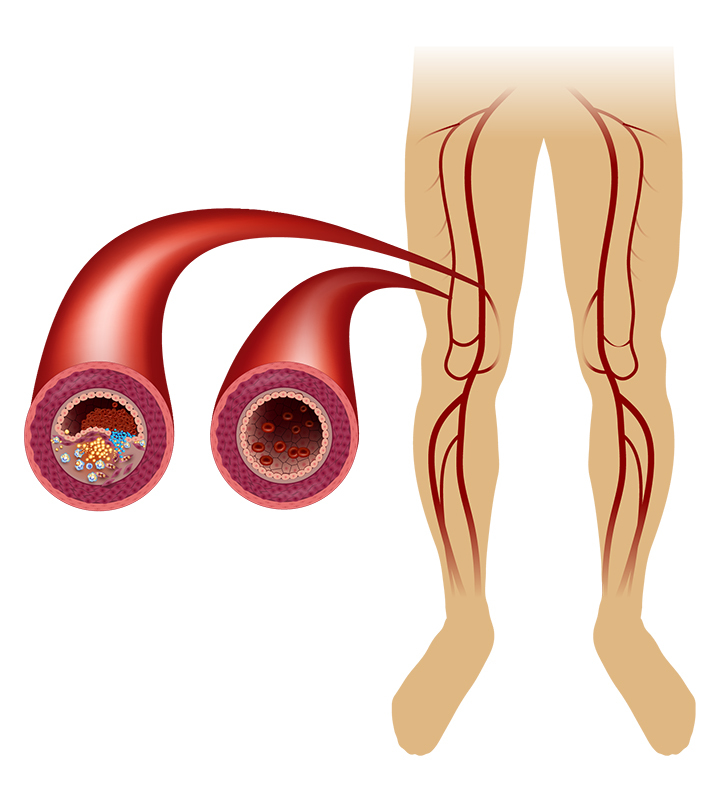Peripheral arterial disease (PAD) is a circulatory condition wherein a patient’s arteries are narrowed, thereby reducing the blood flow to their limbs. In extreme cases where the patient has not received treatment, it may eventually result in the need for amputation of the affected extremity.
While lifestyle modification may be sufficient for some patients, many diagnostic and treatment options are available to catch and stop the progress of PAD in a timely manner.

Limb Preservation
Generally speaking, all of the treatments offered by our center are designed with limb preservation in mind. In other words, our team and practice as a whole are committed to restoring and optimizing a patient’s overall blood circulation, thereby mitigating the necessity for amputation, preserving their limbs, and enhancing their quality of life.
Vascular Certified Ultrasound Testing
Vascular ultrasounds are a widely-preferred method for non-invasively measuring a patient’s blood flow. By using image-generating soundwaves, the ultrasound technology employed by physicians can effectively identify blocked or narrowed arteries.
Once the vulnerable areas have been isolated, the physician can then determine both the severity of the case and the treatments which may best suit the patient.
Non-invasive angiography imaging may be completed using…
● Magnetic resonance angiography
● Computerized tomography angiography
Diagnostic Angiography & Intervention
A minimally invasive technique that the vascular specialist uses by placing a catheter into the artery and injecting contrast (iodine or CO2) to confirm arterial disease as well as treat any abnormalities. Once administered into the patient’s bloodstream, the physician can monitor the blood flow of the contrast in real-time, thereby identifying areas of poor circulation.

Angioplasty and Stenting
Angioplasty is a treatment option where the vascular specialist uses x-ray guidance to effectively navigate small catheters and temporarily position a balloon, which is used to open poorly-functioning or completely occluded vessels. This treatment option can eliminate the blockage and restore the patient’s blood flow.
Stenting a vessel, occasionally used after angioplasty, is a procedure that places a metal scaffold/cylinder into the vessel to keep it open.
Atherectomy
Atherectomy devices are tools that carve out plaque and calcium within the artery to help re-establish blood flow. This technology is used in conjunction with angioplasty and stenting.